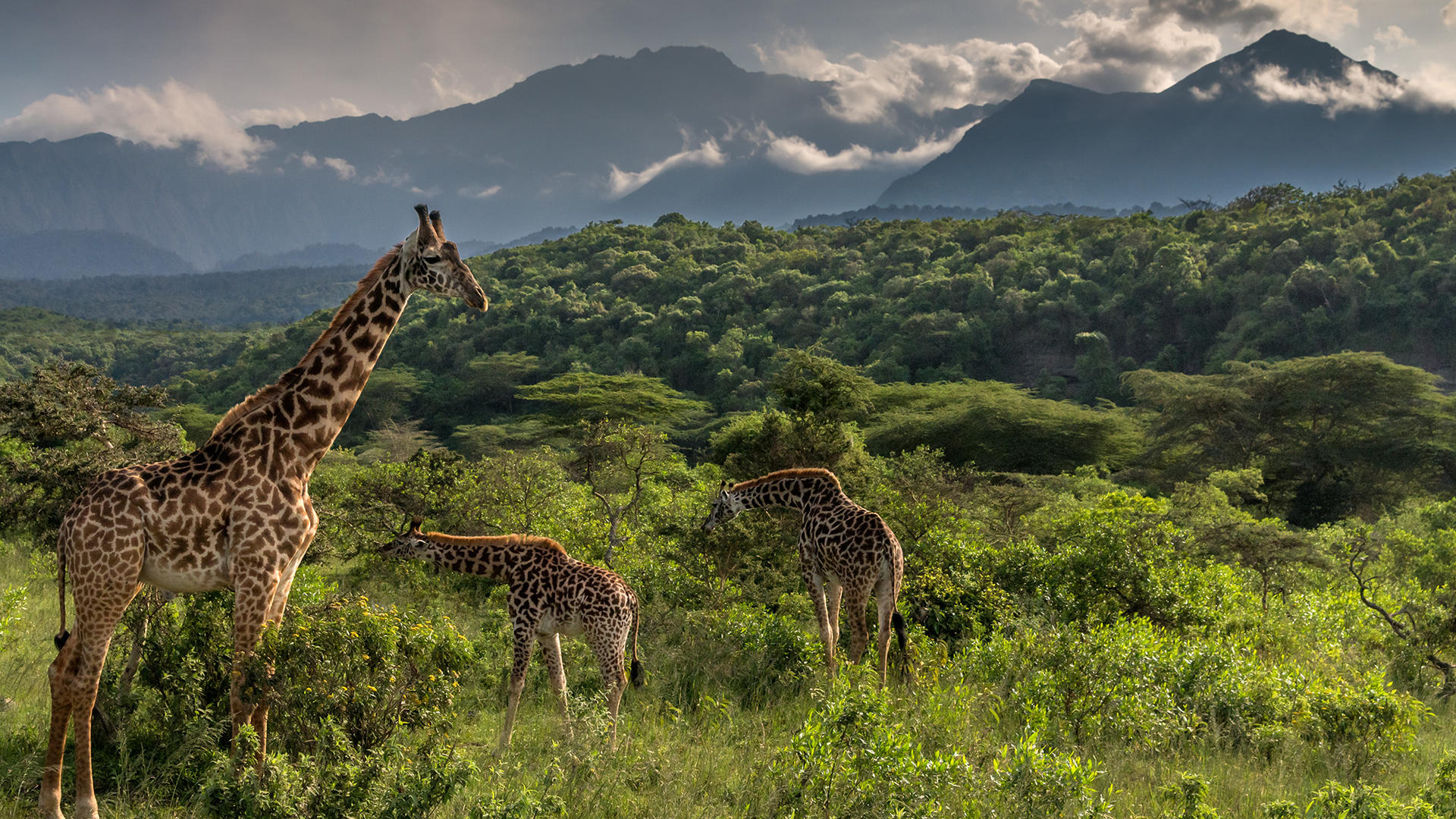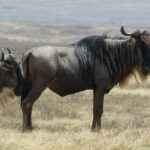Hidden in the shadow of its famed neighbor, Mount Kilimanjaro, Arusha National Park offers a surprisingly diverse safari experience that many overlook. This local gem brims with unique flora and fauna, drawing in those who seek a more intimate and less commercialized encounter with nature. Here, you can stumble upon some of Tanzania’s lesser-known wildlife while taking in breathtaking landscapes.
Established in 1960, Arusha National Park is not only rich in biodiversity but also steeped in history. It spans approximately 552 square kilometers and is home to a myriad of species, including the rare black-and-white colobus monkeys. A visit reveals an uncharted aspect of African safari, far removed from traditional tourist pathways, providing a distinct and memorable adventure.

Exploring the Unique Ecosystems of Arusha National Park
Arusha National Park is a treasure trove of diverse ecosystems. It features a range of habitats such as montane forests, savannas, and alkaline lakes. Each area hosts distinct plant and animal life, making every visit a new adventure.
One of the park’s highlights is the lush Ngurdoto Crater. This giant caldera is home to a verdant rainforest and numerous wildlife species. Visitors are often amazed by the scenic beauty and tranquility of this hidden gem.
Another striking feature is the Momella Lakes, a collection of seven shallow lakes. These lakes are famous for their water birds, especially the flamingos. The shifting colors of the water due to algae and minerals add to its charm.
High above, Mount Meru dominates the skyline and provides a unique alpine ecosystem. The slopes of the mountain possess rare flora and fauna, attracting avid hikers and nature lovers. This variety of landscapes ensures that Arusha National Park remains one of Tanzania’s most captivating destinations.
Discover the diverse habitats from lush forests to tranquil lakes
Arusha National Park boasts a variety of ecosystems that captivate visitors. The dense montane forests are filled with towering trees and vibrant plant life. This lush environment is a sanctuary for species like the rare Colobus monkey and diverse birdlife.
Transitioning from forests, the park opens up to expansive savannas. Here, Zebu cattle graze alongside shy bushbucks. This open area is perfect for spotting different wildlife against a backdrop of acacia trees and grasslands.
The park’s serene lakes, such as the Momella Lakes, offer a tranquil retreat. These shallow, alkaline lakes are teeming with waterbirds, including pink flamingos. Watching these birds against the colorful water creates a postcard-perfect scene.
Lastly, the highland ecosystems around Mount Meru provide a completely different experience. The cool, alpine climate supports unique flora and fauna not found elsewhere in the park. Hikers and nature enthusiasts often find this area exceptionally rewarding.
The Rich Wildlife of Arusha National Park
Arusha National Park is a haven for wildlife enthusiasts. The park is home to a remarkable variety of creatures, each adding to its vibrant tapestry. Visitors can spot animals such as elephants, giraffes, and leopards, making every safari a thrilling adventure.
One of the park’s standout features is its bird population. With over 400 species recorded, bird watchers find it a paradise. From the fish eagles by the lakes to the colorful turacos in the forests, the avian diversity is astounding.
The park also hosts several primate species. Blue monkeys and black-and-white colobus monkeys are often seen swinging through the trees. These playful creatures add an entertaining element to any visit.
The forested areas provide a refuge for the secretive bush pigs and duikers. Nocturnal by nature, these animals are a rare sight during daytime excursions. Their presence adds an element of mystery to the park’s rich wildlife.
Cultural and Historical Significance of the Park
Arusha National Park is not just about wildlife; it also has deep cultural roots. The park is situated near Arusha, a city that serves as a gateway to several other iconic Tanzanian locations. This historical city has played a significant role in Tanzania’s past, adding to the park’s cultural richness.
The indigenous tribes around the park, such as the Maasai, provide a glimpse into ancient traditions. Their way of life, customs, and art are integral to the area’s identity. Visitors often have the opportunity to interact with these communities and learn about their unique culture.
Notably, the park was initially gazetted as Ngurdoto Crater National Park in 1960. Over time, it was expanded and renamed, highlighting its ever-evolving importance. This history adds another layer of intrigue for those exploring the area.
Additionally, the park’s landscape is dotted with historical landmarks. These sites often hold stories and events that shaped the region’s history. For instance, old colonial buildings can still be found, telling tales of a bygone era.
Traditional activities like cattle herding and beadwork continue to thrive around the park. These practices showcase the harmonious balance between nature and cultural heritage. They also offer educational insights for curious visitors.
The park also supports local economies by promoting cultural tourism. This encourages the preservation of traditions while providing livelihoods for the indigenous populations. It’s a model of sustainable tourism that benefits both nature and communities.















